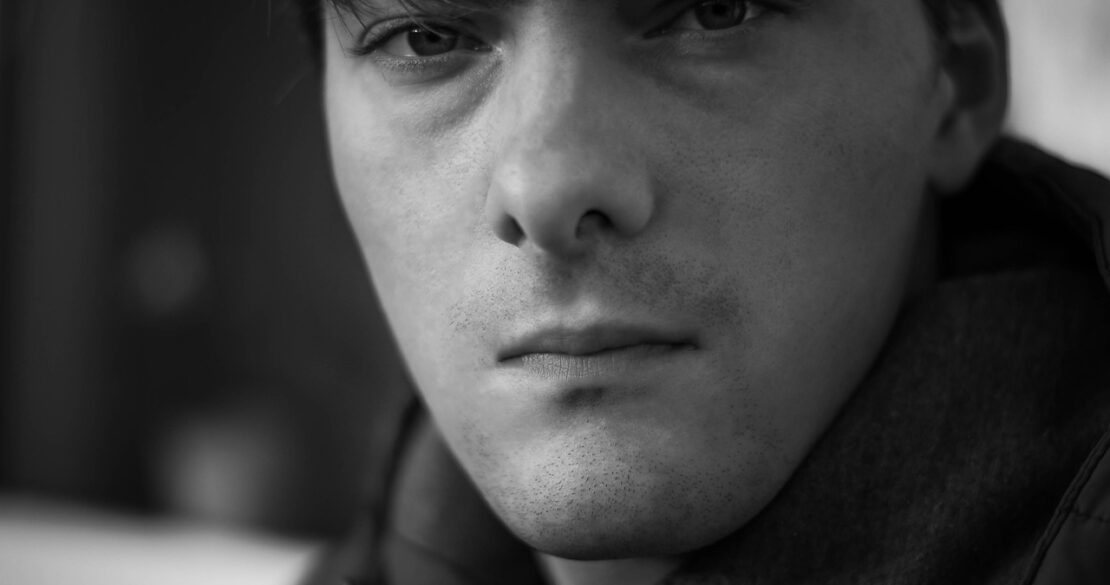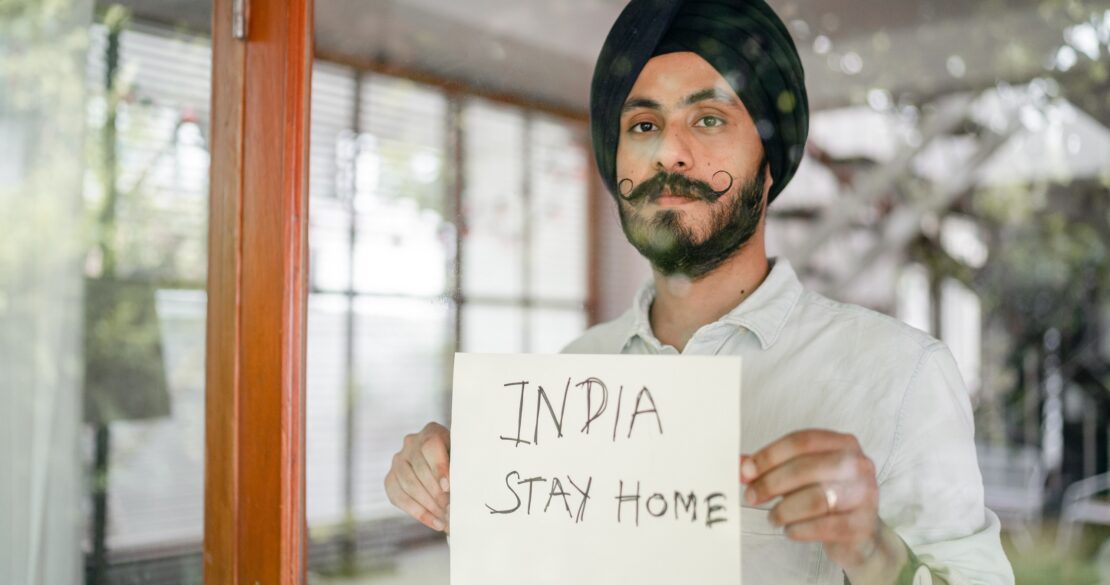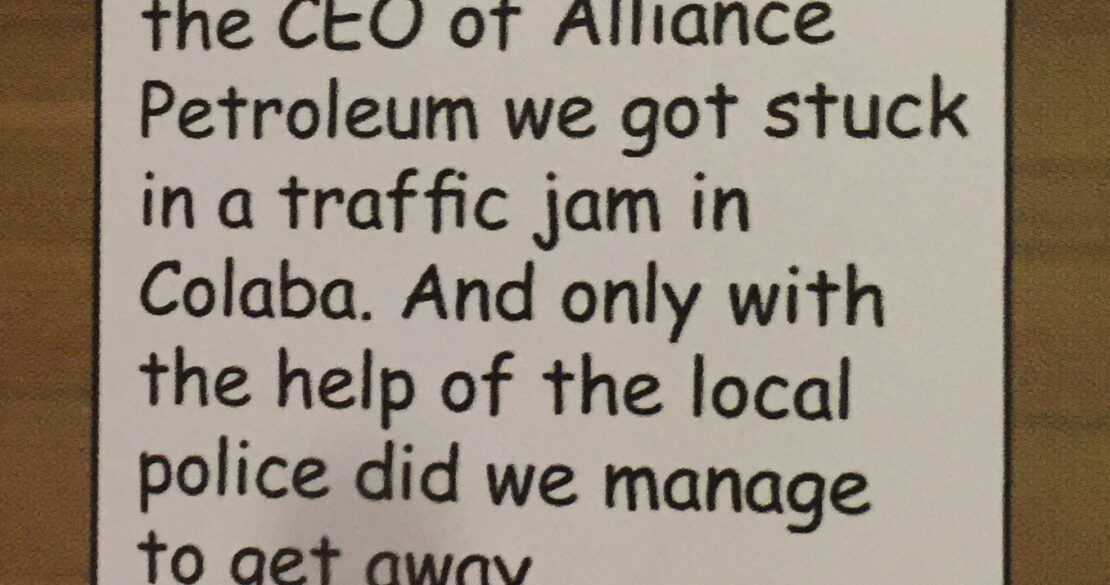In 1934 during America’s Great Depression President Franklin Roosevelt initiated something called the Public Works of Art Project. At a time when millions were desperate, hungry and depressed, the program employed Americans to produce any and all forms of art for public spaces. Its intent was twofold: first, to give employment, but more importantly, to lift the country’s spirits during a difficult time.
One of the more serious, but least talked about repercussions of the pandemic in India is a noticeable public sadness. Psychologists maintain that the extended lockdown has left many people in despair and isolation, with little or no outlet. The US and Europe however found relief in unusual forms: in art and comedy. When New York opened after a prolonged shutdown and thousands of deaths, underground stand-up bars began to do brisk business; the pandemic was made into a subject of satire, however indelicate. Declared one comedian, “A year from now, you’ll all laugh at the virus”, then added, “not all of you, obviously”. Another joked after sex-offender Jeffrey Epstein’s suicide, “Please wash your hands, because Covid-19 doesn’t kill itself like Epstein”. With the pandemic as a long continuing crisis, humour effectively captured – and help dissipate – the state of vigilance and fear.
Like comedy, public art was also similarly being used as an antidote. In a Los Angeles square, graffitists drew satirical views of the pandemic – an army operation in progress, with masks, toilet rolls and sanitizers as weapons. Another on an Amsterdam wall depicted a fat family on the living room sofa licking ice-cream and watching television news of Corona virus deaths. Meanwhile on a London wall, Banksy earned a great deal of goodwill in his homage to the medical worker. At a time when it was hard to engage with people, such work brought an unexpected sparkle into public dreariness. More than just simple diversion, art and satire became a coping mechanism.
To be able to laugh in the face of death requires a difficult self-effacing confidence not visible in India. Instead, a cautious approach keeps the stand-up comic talking about taboo subjects – sex with the neighbour’s wife, bank fraud, accident-prone BMWs etc. – all peppered with liberal doses of expletives. In a comedy act in Gurgaon which I attended, the comic kept up a sexual tirade against a member of the audience in the front row. “Sir, your hand is on the lady next to you. Obviously, she’s not your wife.” To another he said, “Sorry, I couldn’t see you. I thought the light wasn’t on.” Skin colour is an easy target of poor humour.
Why then don’t we risk the therapy of satire to explore the experience of the pandemic, or indeed seek a much larger public role for art? In the short space of ten months since the start of the pandemic, everything of our cultural life has either disappeared or gone digital. The pandemic has even disrupted the insularity of art. But in doing so, it has given a new voice to some younger artists. A Kolkata photographer has taken multiple selfies with stranded migrants waiting to return to their villages, and so managed to capture a private twist to a public distress in his art. The collection is now in the possession of a London gallery. Street muralists in Mahim and Delhi have also found new canvases for themselves. Painting at a monumental scale, they have taken urban art to public housing walls with larger than life scenes from city life. Painted people waving from painted windows, being watched by real people on the street. Such art provides a picturesque twist to tired ramshackle neighbourhoods, relying on surprise, scale and size for its appeal, but in reality, remains firmly within safe and conventional subjects.
Satire has a more ambitious agenda. It attempts a link between reality and hope, and does so with unexpected and disturbing results. It demands that we address difficult ideas – lampoon cow shelters, mosque demolitions and church pastors. Find something funny about public hospitals and parliamentary debate. Even poke fun at disappearing free speech. Attack all things sacred and untouchable. But in a culture without the experience of irony and self-doubt, it isn’t easy. We in India need perpetual assurance that what we hear, see, or read in black and white has clear intention – either as a laughing matter, or a God-given truth. There is nothing in between.
A Jewish prisoner at Auschwitz was told by Nazi physician Josef Mengele to have her tonsils removed if she survived the war. Told as a joke in the camp itself, the laughter was nervous and uncomfortable, for it reminded people of their own precarious situation, their humanity. Perhaps it is time that discomfort becomes more suggestive and stated in India.
-Gautam Bhatia







